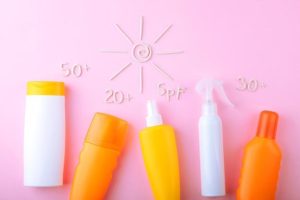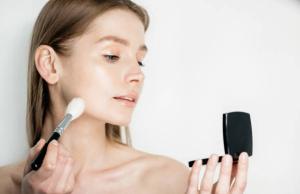Acrylic nails are a popular cosmetic enhancement for those seeking a durable and attractive nail look. However, the removal process can often seem daunting, especially if you’re attempting to avoid the harsh chemicals typically involved, such as acetone. Fortunately, for those looking for a gentler alternative, rubbing alcohol can be used, though it may require more time and patience. In this article, we’ll guide you through the detailed, step-by-step process of removing acrylic nails using rubbing alcohol, ensuring your natural nails remain healthy and undamaged.
The Appeal of Acrylic Nails
Acrylic nails are favored for their durability, longevity, and versatility in design. They offer a perfect canvas for intricate artistry and can maintain their aesthetic appeal for weeks. The durable nature of acrylics allows wearers to enjoy a manicured look without the constant worry of chipping. Yet, despite their resilience, the process of removing acrylic nails is critical to the health of your natural nails and should be approached with care.
Understanding Acrylic Nails
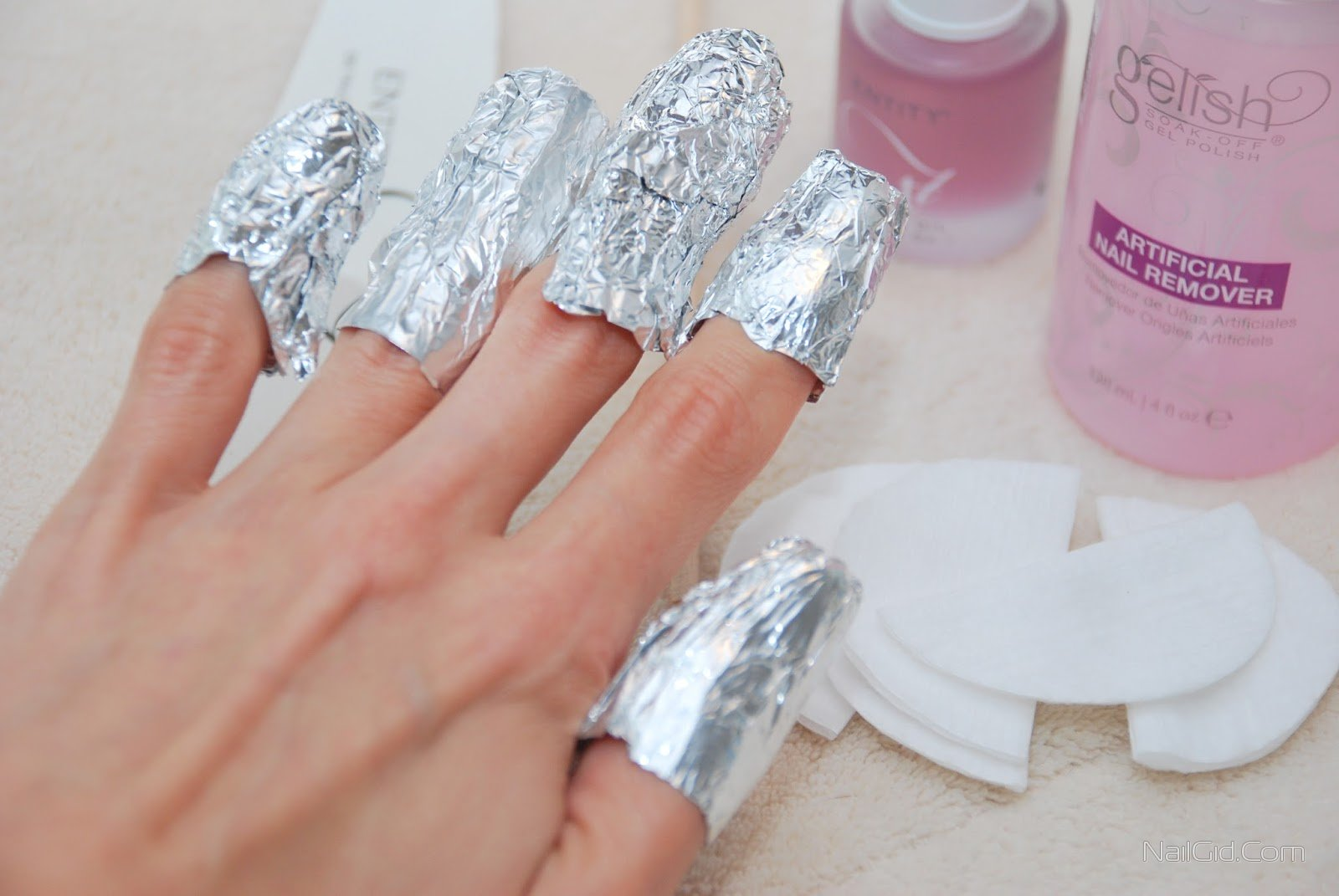
Composed of a mixture of liquid monomer and powder polymer, acrylic nails create a hard protective layer over your natural nails that mimics a perfectly sculpted nail. When it’s time for removal, understanding the composition and adhesion system of your acrylics is important. This knowledge will help you to remove the acrylics gently and minimize the potential damage to the natural nail underneath.
Prepping for Removal
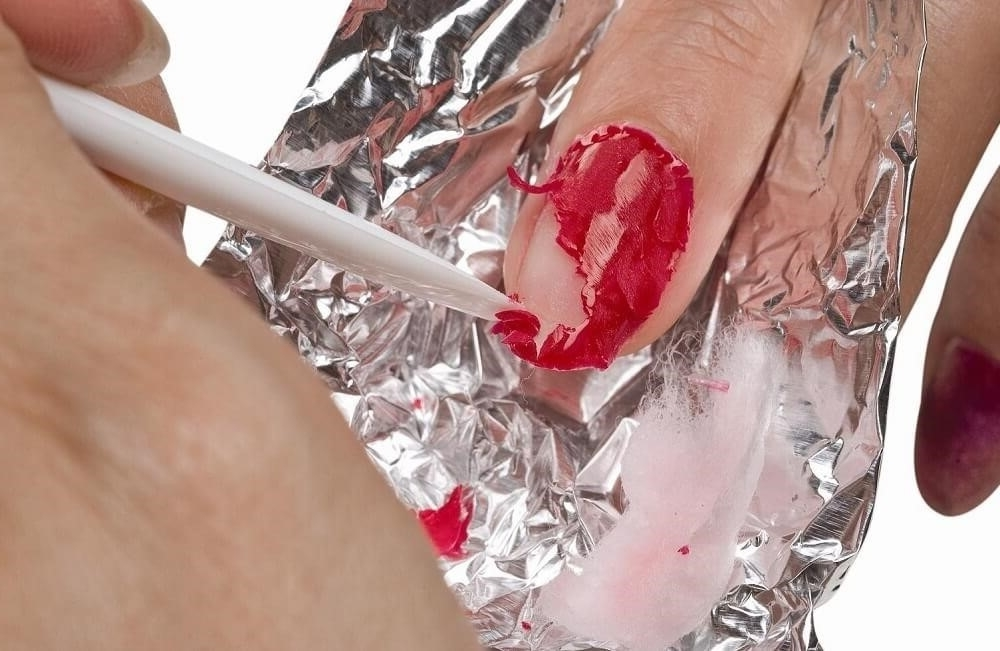
Before you begin the removal process, gather all the necessary materials to make the process as smooth as possible. You’ll need rubbing alcohol, cotton balls or pads, aluminum foil, a nail file, a nail clipper, a bowl, a towel, and cuticle oil or a nourishing hand cream for aftercare. Rubbing alcohol is your main solvent in this process, and it’s crucial to have everything else on hand for efficiency.
Start by reducing the length of your acrylic nails with a nail clipper, being cautious not to clip your natural
nails. Next, use a file to gently buff the surface of the acrylics. This helps to break the seal and remove the
glossy coating, which allows the rubbing alcohol to penetrate the acrylic more effectively during the soaking process.
Step-by-Step Guide to Acrylic Nail Removal with Rubbing Alcohol
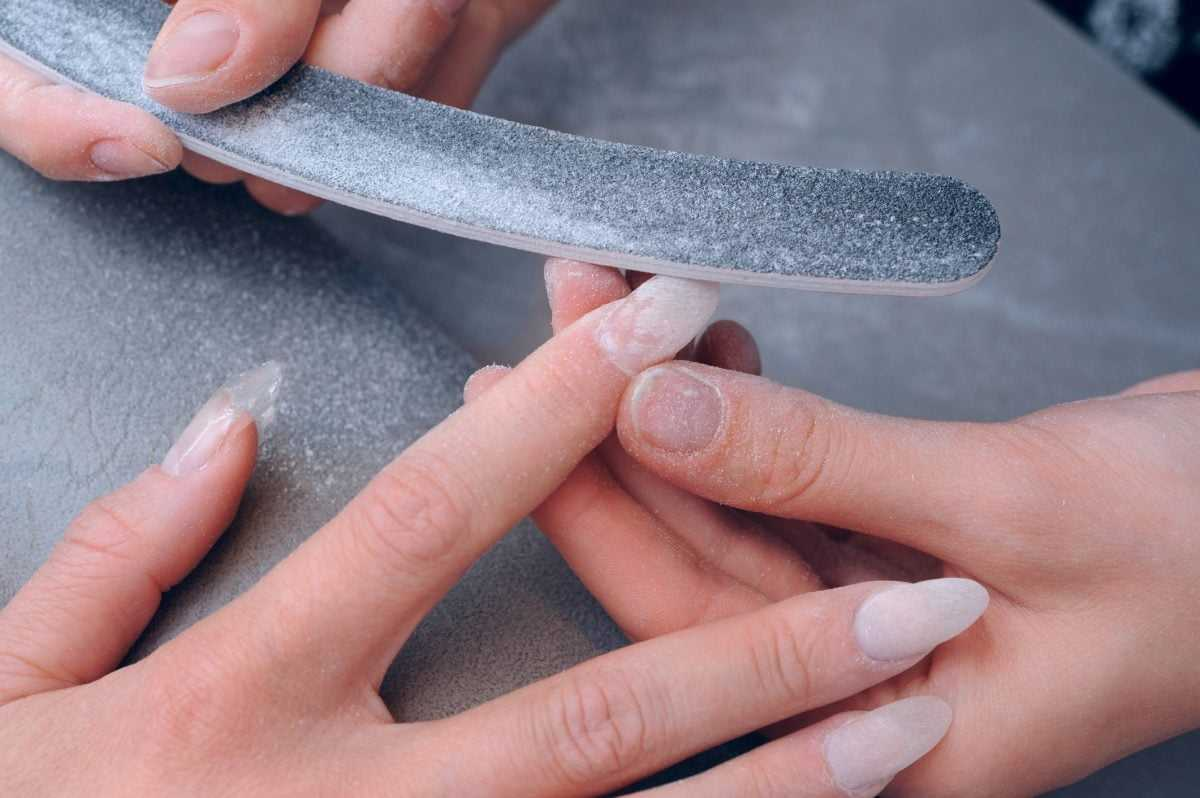
Step 1: Protecting Your Skin and Nails
As with any chemical process, it’s vital to protect the skin around your nails to prevent irritation. You can apply a thin layer of petroleum jelly around your cuticles and fingertips for added protection. Ensure that your workspace is well-ventilated, and protect it with a towel or layered paper towels to absorb any spills.
Step 2: Soaking the Nails in Rubbing Alcohol
Fill a bowl with enough rubbing alcohol to fully submerge your nails. Soak your fingertips for around 20 to 30 minutes. Understand that rubbing alcohol is less effective than acetone, meaning you might need a longer soaking time. Always monitor your skin for any signs of irritation during this process.
You’ll find rubbing alcohol in various concentrations, with 70% and 90% being the most common. Since a higher concentration might be more drying, a 70% solution could be a better start, especially for those with sensitive skin.
Step 3: Gently Scraping the Acrylic Nails
After soaking, gently try to lift the edges of the acrylic with a cuticle pusher. If the nails don’t come off
easily, avoid using excessive force and soak your nails for an additional 5-10 minutes. Gentle scraping reduces the potential damage to the natural nail.
Step 4: Additional Soaking
If the acrylics are being particularly stubborn, soak your nails again, using fresh rubbing alcohol. It’s essential to keep the nails hydrated throughout this process, so periodically massage cuticle oil onto the nails that are exposed.
Step 5: Nourishing Your Nails Post-Removal
Once all the acrylics are removed, it’s time to take care of your natural nails. Wash your hands with soap and warm water to remove any residual alcohol, then apply a generous amount of cuticle oil and a hand cream to restore moisture to your nails and skin.
Tips and Tricks
To enhance the effectiveness of the rubbing alcohol and expedite the removal process, you can employ a few tips. Before soaking, cover each nail with a cotton pad soaked in rubbing alcohol and then wrap it in foil. This helps to keep the alcohol from evaporating and maintains contact with the nail. Additionally, warming the rubbing alcohol slightly by placing the bottle in warm water beforehand may help to expedite the removal process.
- Cover nails with alcohol-soaked cotton.
- Wrap each nail with aluminum foil.
- Warm the rubbing alcohol before use.
Assessing Nail Health
After removing acrylic nails, it’s crucial to assess the state of your natural nails. Look for signs of brittleness, thinning, or any damage. Should you encounter any of these issues, consider taking a break from acrylics to allow your nails a recovery period. You may also consult a nail care professional for advice on strengthening and rehabilitating your natural nails.
Conclusion
Removing acrylic nails using rubbing alcohol is an alternative method that favors a more gentle approach as opposed to using acetone. While this method might take longer, it is potentially less damaging and irritating for those with sensitive skin. Remember, patience is key during the removal process, and taking proper care of your natural nails afterward is equally important. With these detailed steps, you can confidently and safely take care of your nail health at home.
Frequently Asked Questions
| Question | Answer |
|---|---|
| What should I do if the acrylic nails don’t come off after soaking in rubbing alcohol? | Re-soak them for a few more minutes. If the nails still refuse to budge, consult a professional rather than forcing them off. |
| Is rubbing alcohol as effective as acetone for removing acrylic nails? | While rubbing alcohol can remove acrylic nails, it is generally slower and may be less effective than acetone. |
| How often should I give my nails a break from acrylics? | A rest period of three to six months between acrylic applications is recommended to allow your natural nails to recover. |
| Can I remove acrylic nails without damaging my natural nails? | Yes, with a careful and patient approach, you can minimize damage. However, some wear and tear may be inevitable. |
| How can I care for my nails after removing acrylics? | Keep your nails hydrated with cuticle oil, use a nail strengthener, and ensure a balanced diet to support nail health. |



